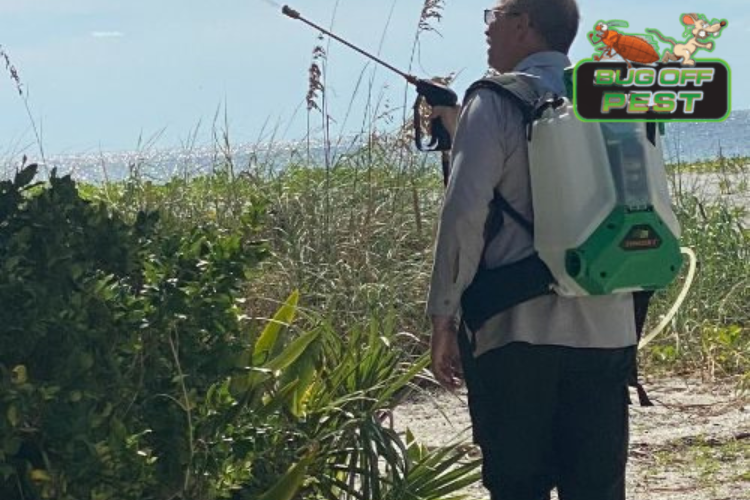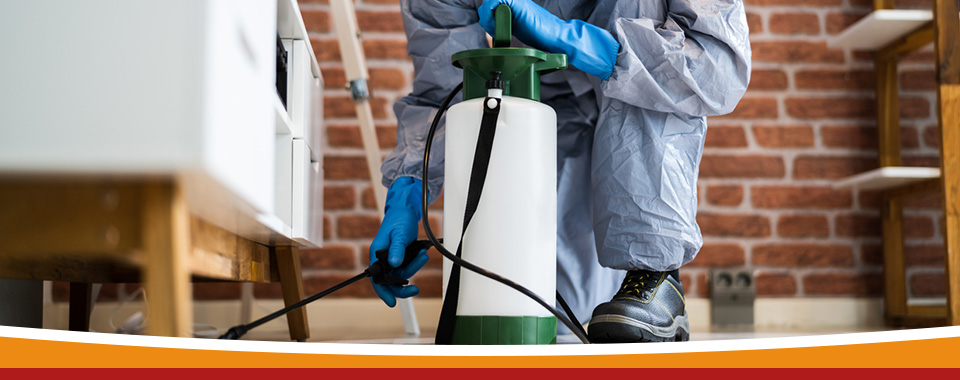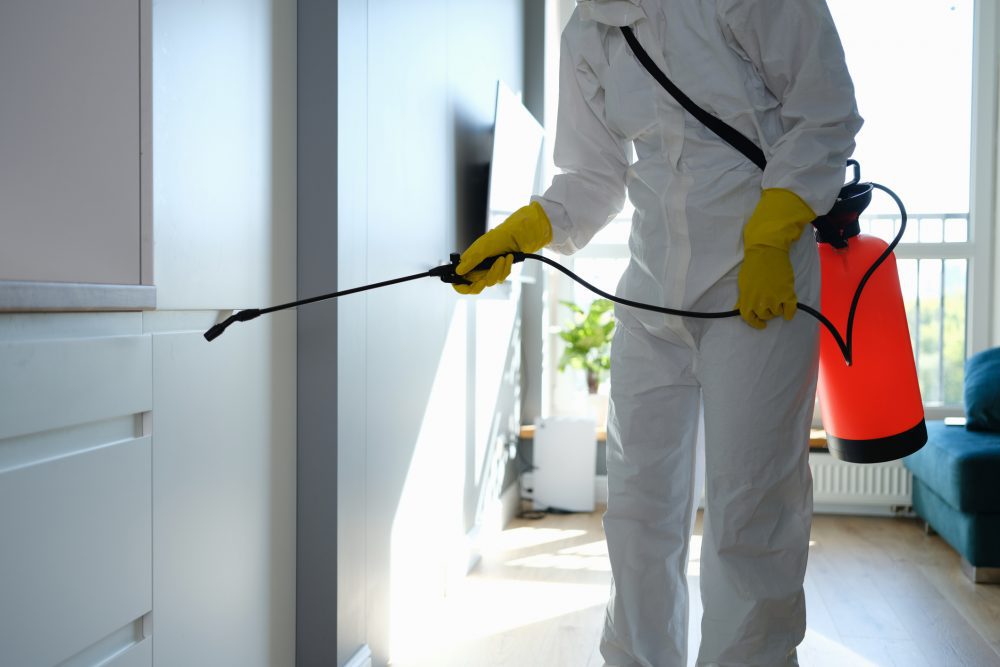Guaranteed Pest Control in Charlotte County FL
Comprehensive Guide to Understanding Insect Control Techniques and Their Treatment
Comprehending insect control techniques is crucial for reliable administration of undesirable microorganisms that position dangers to health and wellness, agriculture, and property. This detailed guide will certainly discover different strategies, consisting of chemical solutions, organic strategies, and mechanical approaches, all under the umbrella of Integrated Pest Management (IPM) As we take a look at these methods, it ends up being increasingly clear that the selection of approach can substantially affect both human interests and eco-friendly balance. What variables should be considered when picking the appropriate pest control technique for a particular circumstance? The answer might result in more sustainable practices than one could originally presume.
Introduction of Bug Control Approaches
Pest control methods incorporate a selection of techniques created to take care of and eliminate unwanted microorganisms that can hurt human wellness, farming, and residential or commercial property. Effective pest management is vital for keeping the stability of environments and guaranteeing the safety of food materials. These approaches can be extensively categorized into three key strategies: cultural, mechanical, and biological controls.

Cultural control includes changing farming practices or ecological problems to minimize parasite facility and recreation. This approach consists of crop turning, sanitation, and choosing pest-resistant plant ranges. Mechanical control counts on physical obstacles or devices to stop parasite gain access to or directly eliminate them. Examples include catches, nets, and hand-picking dangerous pests.
Organic control utilizes natural killers, bloodsuckers, or virus to control pest populations. This approach emphasizes environmental equilibrium and can include introducing advantageous insects, such as ladybugs or aggressive nematodes, to manage parasite visibility.
Integrated bug management (IPM) combines these approaches, using a holistic approach that stresses prevention, monitoring, and liable administration. By employing a mix of these approaches, parasite control can be a lot more lasting and reliable, lessening dependence on chemical interventions while protecting human health and wellness and the setting.

Chemical Insect Control Solutions
A range of chemical bug control options are offered, giving efficient options for taking care of insect populaces when other techniques may drop short. These solutions largely include pesticides, herbicides, fungicides, and rodenticides, each made to target particular parasites while reducing damage to non-target microorganisms.
Insecticides are especially reliable against a variety of pests, including ants, cockroaches, and termites, and can be categorized as call or systemic agents. Contact pesticides eliminate pests on contact, while systemic insecticides are soaked up by plants, making them hazardous to pests that feed upon them. Herbicides are utilized to manage undesirable greenery, whereas fungicides are necessary for handling fungal illness that can damage plants and ornamental plants.
Furthermore, integrated parasite management (IPM) concepts must be utilized, combining chemical remedies with cultural, mechanical, and biological techniques for lasting parasite control. This all natural strategy not just boosts pest administration efficiency but likewise decreases prospective environmental influences associated with chemical usage.
Biological Parasite Control Techniques
Organic insect control techniques supply an environmentally pleasant option to chemical techniques by utilizing all-natural predators, parasites, or microorganisms to handle parasite populations. This approach leverages the eco-friendly relationships in between organisms, advertising a balanced environment while decreasing chemical deposit in the setting.
Among one of hop over to these guys the most common biological control methods includes the introduction of all-natural opponents. For example, ladybugs are employed to control aphid populations, while parasitic wasps can target caterpillars and various other pests. These all-natural killers efficiently lower pest numbers without harming valuable insects.
In addition, microbial representatives such as bacteria, fungi, and viruses are used to contaminate and eliminate particular bugs. Bacillus thuringiensis (Bt), a normally taking place germs, is extensively used to control caterpillars and various other larvae, showcasing the performance of microbial insect control.

Physical and Mechanical Techniques
Frequently utilized in incorporated pest monitoring methods, physical and mechanical techniques work as effective tools for regulating bug populaces without making use of chemicals. These methods count on physical obstacles, catches, and various other mechanical devices to avoid or these details eliminate pests, making them eco-friendly alternatives.
Physical techniques include the usage of barriers such as insect netting, screens, or row covers that physically obstruct parasites from accessing plants. This is particularly useful in agricultural settings where plant defense is essential. Furthermore, habitat adjustment, such as removing debris and standing water, can decrease parasite breeding websites, thus decreasing problems.
Mechanical techniques incorporate traps, which can be created to record certain insects. Sticky catches and scent catches are typical instances that draw and retain pests, promoting monitoring and control. Vacuuming is an additional mechanical method, efficient for getting rid of bugs from interior environments, specifically in cases of invasions.
Preventative Parasite Monitoring Approaches
Effective preventative parasite monitoring approaches are vital for maintaining healthy and balanced atmospheres and reducing pest-related problems prior to they emerge (Pest Control in Port Charlotte, FL). These methods concentrate on proactive steps that minimize the likelihood of insect invasions by addressing the source

One more crucial strategy involves proper landscaping practices (Pest Control in Port Charlotte, FL). Maintaining greenery cut and far from buildings can minimize harborage locations for pests. Implementing incorporated bug monitoring (IPM) strategies that consist of monitoring bug populaces and utilizing organic controls can promote a balanced ecosystem that naturally subdues pest numbers.
Education and training for personnel and citizens on identifying early indications of bug activity are also crucial parts of a reliable preventative program. By fostering a setting of awareness and vigilance, companies and homeowners can significantly improve their pest administration efforts and protect their spaces versus future invasions.
Conclusion
Using an Integrated Pest Monitoring (IPM) framework allows for the lasting monitoring of pests while minimizing ecological influence. Ultimately, a thorough understanding of these varied parasite control methods is vital for accomplishing successful read this end results in pest monitoring campaigns.